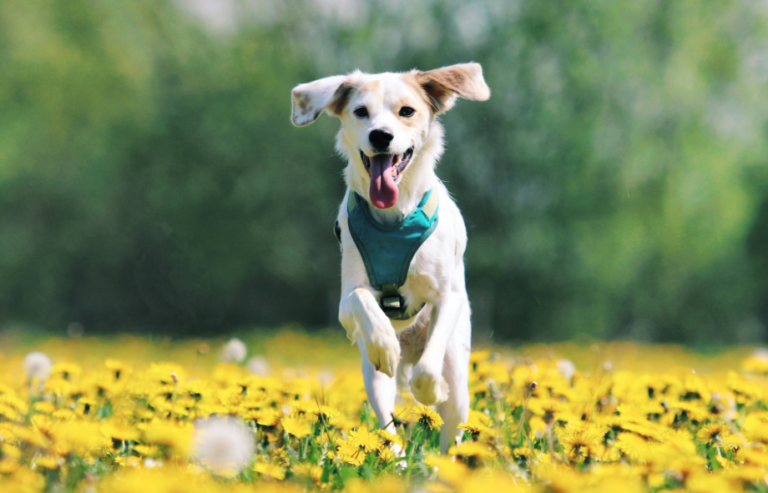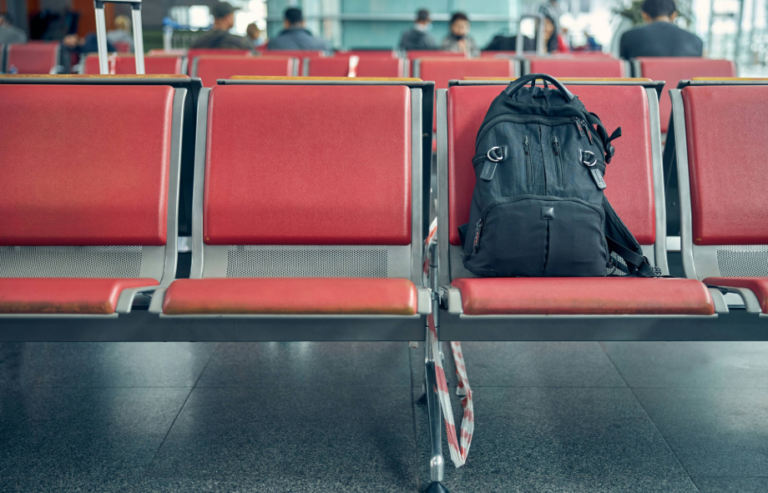Touchdown in Canada is just the beginning for your pet. Jet lag, unfamiliar environments, and major climate shifts can make those first few weeks challenging. This guide shares practical advice to help your cat or dog adjust smoothly to their new life, following best practices and Canadian regulations.
1. First Hour Home: Create a Calm Recovery Zone
- Take your pet straight to a quiet room away from other people and animals.
- Provide fresh water immediately. Offer a small meal around two hours later if they’re alert and not showing signs of nausea.
- Avoid overstimulation. Keep lighting low and noise to a minimum.
2. Book a Local Vet Appointment
- Register with a local veterinarian within the first week.
- Canadian provinces like Ontario require rabies booster vaccinations every one to three years.
- Take your pet’s UK paperwork, including the microchip registration and vaccination records.
- Ask about parasite prevention – ticks and heartworm are common in many areas.
3. Update Microchip and ID Tag
- Log into your UK microchip provider’s portal and update your address and phone number.
- Attach a new tag with your Canadian mobile number. Some municipalities require this by law.
4. Adjusting to Canada’s Climate
Winter Guidance
- Limit outside time for the first few days, especially if temperatures drop below −10 °C.
- Use pet-safe ice melts and wipe paws after walks.
- Consider jackets or booties for short-haired or senior dogs.
Summer Guidance
- Always carry water and take regular shade breaks.
- Never leave pets unattended in vehicles.
5. Establish a Routine Quickly
- Stick to regular feeding and walking times to create familiarity.
- Use your pet’s bedding and toys from home.
- Keep cats indoors for at least two weeks before slowly introducing outdoor access, where appropriate.
6. Discover Local Pet Resources
- Most major cities in Canada have off-leash parks, 24-hour veterinary services, and pet supply stores.
- Visit your local council website for rules on dog parks, pet waste disposal, and leash laws.
Examples:
- Toronto: High Park, Cherry Beach
- Vancouver: Spanish Banks, Hadden Park
- Calgary: River Park, Nose Hill Park
7. Monitor for Behavioural Red Flags
Contact your vet if you notice:
- Not eating after 24 hours
- Limping or licking paws excessively (often due to cold or de-icing chemicals)
- Persistent hiding (cats)
- Over-panting or lethargy indoors
Early care can prevent minor issues from becoming major ones.
8. Sort Out Licensing and Insurance
- Most Canadian cities require pet licences. Register your pet within 30 days of arriving.
- Fines for non-compliance can be several hundred Canadian dollars.
- Pet insurance is optional but recommended – emergency treatment in Canada can be costly.
9. Keep Your Pet Mentally Stimulated
- Use puzzle toys, snuffle mats, and chew items.
- For cats, offer vertical spaces like shelves and scratching posts.
- Begin gentle training refreshers once your pet settles in.
Settling a pet in a new country takes time, but with patience, consistency, and preparation, they’ll feel at home quickly. PetAir UK supports families before, during, and after relocation – because a successful move means more than just a safe flight. It means a safe landing too.



